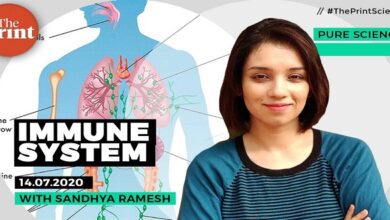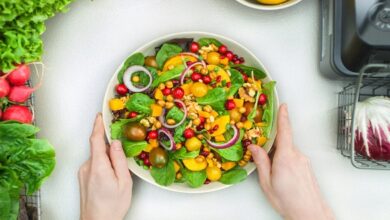Life Stages

All are aimed toward achieving a healthy and happy mind, spirit, and body.
Childhood
Children are the new generation and should therefore be given guidance, love, support, and appropriate protection to enable them to develop into healthy and balanced adults. Children do not belong to parents but have their own unique lives, yet parents are fully responsible for the unfolding and nurturing of their development — some task! One of the best gifts children can be given is that of good health. Good nutrition is the basis of good health; it is the fuel that builds and sustains the physical body and also influences emotional development.
Calcium, vitamin C, and magnesium are essential for growing children; therefore consider food sources for all of these, like citrus fruit, walnuts, parsley, and sunflower seeds. Super food is pleasant-tasting if made with fresh fruits and is full of essential nutrients. A daily cup of tea made from nettle leaf, dandelion root, chamomile flower, or hibiscus flower will also support children — in fact, any simple herb tea will be preferable to tea, coffee, artificial fruit juice mixes, and sodas.
Babies and toddlers
When feeding babies and young toddlers, it is always best to use a variety of homemade meals. Some nutritious and easy recipes follow.
Breakfast
A good nutritional balance would consist of 50 percent ground organic millet flakes (or cooked whole millet) and 50 percent fresh alkaline fruit or vegetables — preferably organic, including apple, peach, banana, cauliflower, carrot, parsnip, and zucchini. With fruits, add powdered cinnamon, and with vegetables, add a pinch of powdered turmeric and a little finely chopped garlic. Soak the millet overnight and gently cook through over very low heat (sieve for very young babies).
Add sieved or mashed fruit or vegetables and serve. If using vegetables, add fi nely chopped parsley for older babies, which will provide useful iron and calcium. This meal provides protein, iron, magnesium, calcium, B vitamins, and a range of other vitamins, minerals, and trace elements.
Children
When preparing food for children, make it appealing and fun. Occasionally, cover the table with many foods with different tastes — for example, sliced raw carrot, olives, olive oil, garlic, raw mushrooms, cauliflower, sunflower seeds, carob pods, and apple slices — then let them try each of them while you draw attention to the different flavors and colors. Children love to copy, so join in! Children eat proportionally more food than adults.
This is necessary because they are growing and, therefore, their metabolism is working at a much faster rate. They are also naturally more active than adults and use more calories, so it is always advisable to have nutritious snacks for them to eat, such as bananas, apples, or presoaked dried fruits. In the summer you can make your own fruit-juice ice pops.
Adolescence
Every child is sensual to varying degrees, but the arrival of sex hormones adds a different dimension to these earlier feelings. If you look around, you will observe that girls are usually a few years ahead of boys in developmental terms as well as in their emotional moods and feelings, which are swayed by hormonal changes. Nevertheless, boys catch up and have their own particular problems to deal with. Girls can begin to menstruate as early as eight to ten years old, but it is more common around the age of twelve.
The Higgs Domino Rp event brings excitement to fans. The Live from the Arena: The Showdown Experience immerses viewers in the action. Atmosphere and audience interaction add to the thrill. Broadcasting the event ensures everyone can enjoy the show.
Last word
With a stepdaughter, a stepson, and two girls of my own, I have watched these hormonal developments, and I’m happy to report that, with the use of good food, occasional herbs, and other balancing modalities, a lot of what parents refer to as “horrible hormone moods” can be partially (I do say partially!) alleviated and supported, making it easier for adolescents to step out of childhood and into adulthood.





